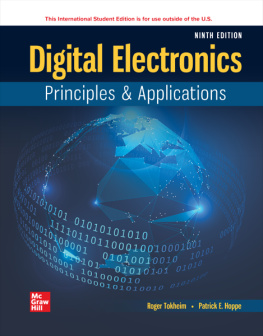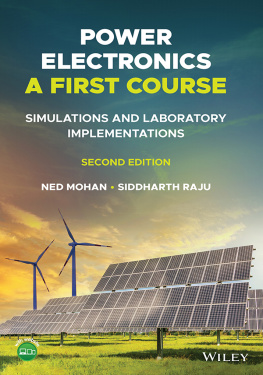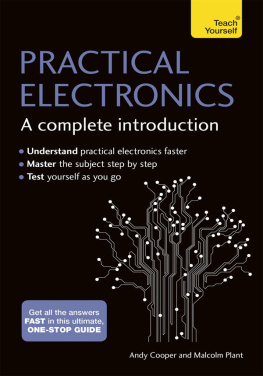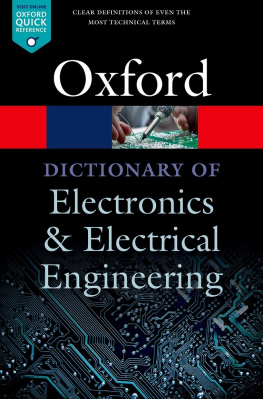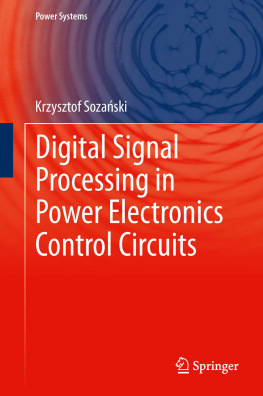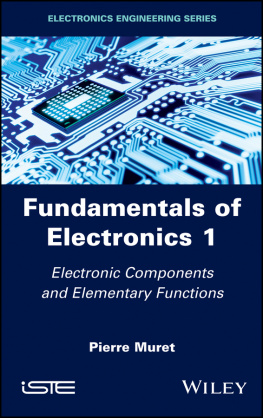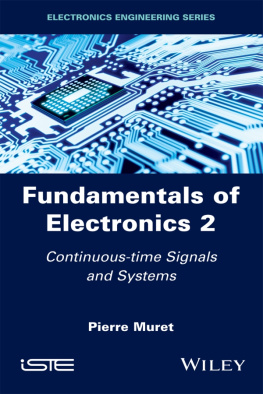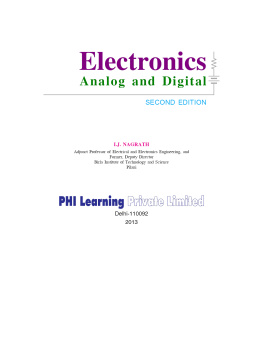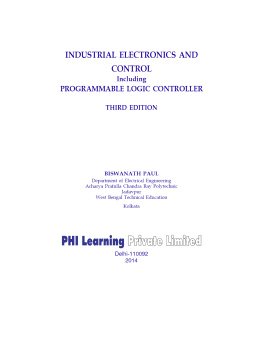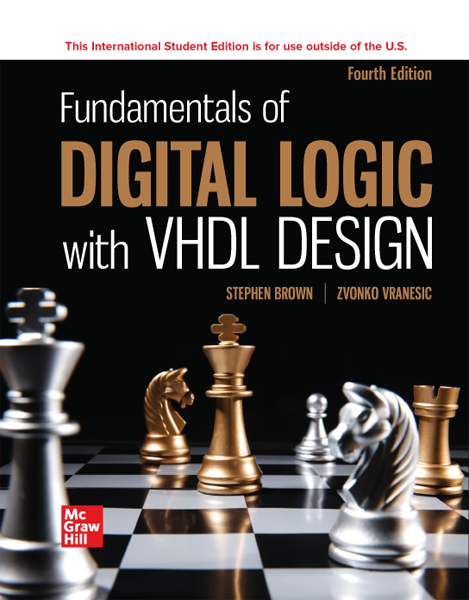
page 3

page 1
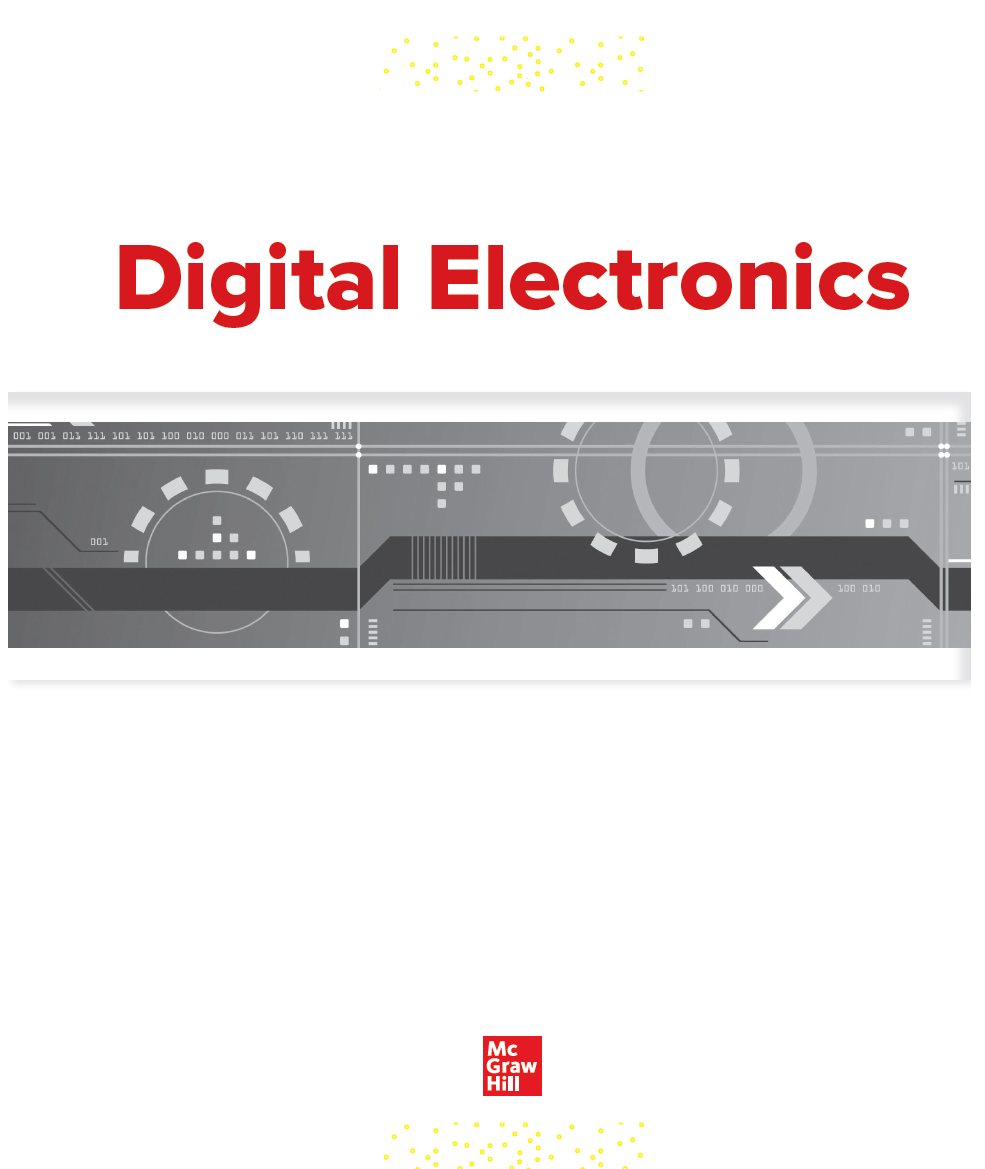
page 2
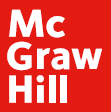
DIGITAL ELECTRONICS: PRINCIPLES AND APPLICATIONS
Published by McGraw Hill LLC, 1325 Avenue of the Americas, New York, NY 10121. Copyright 2022 by McGraw Hill LLC. All rights reserved. Printed in the United States of America. No part of this publication may be reproduced or distributed in any form or by any means, or stored in a database or retrieval system, without the prior written consent of McGraw Hill LLC, including, but not limited to, in any network or other electronic storage or transmission, or broadcast for distance learning.
Some ancillaries, including electronic and print components, may not be available to customers outside the United States.
This book is printed on acid-free paper.
1 2 3 4 5 6 7 8 9 LWI 24 23 22 21
ISBN 978-1-260-59786-8
MHID 1-260-59786-5
Cover Image: Pitju/Getty Images
All credits appearing on page or at the end of the book are considered to be an extension of the copyright page.
The Internet addresses listed in the text were accurate at the time of publication. The inclusion of a website does not indicate an endorsement by the authors or McGraw Hill LLC, and McGraw Hill LLC does not guarantee the accuracy of the information presented at these sites.
mheducation.com/highered
page v
Contents
page vi
page vii
page viii
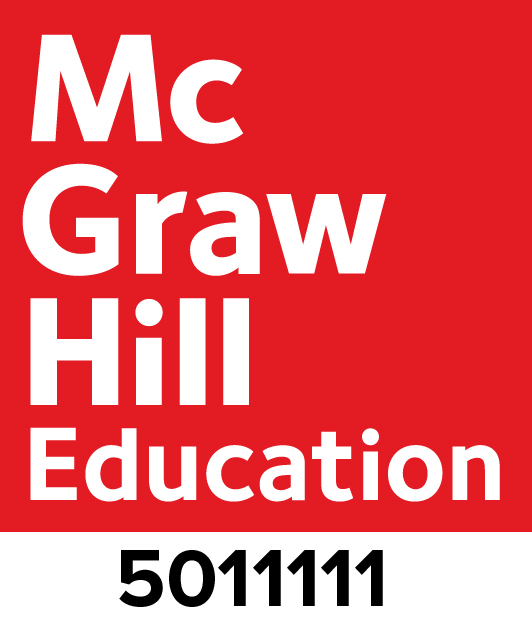
page v
Preface
Digital Electronics: Principles and Applications, ninth edition, is an easy-to-read introductory text for students new to the field of digital electronics. Providing entry-level knowledge and skills for a wide range of occupations is the goal of this textbook and its ancillary materials. Prerequisites are general math and introductory electricity/electronics. Binary math, Boolean concepts, simple programming, and various codes are introduced and explained as needed. Concepts are connected to practical applications, and a systems approach is followed that reflects current practice in industry. Earlier editions of the text have been used successfully in a wide range of programs: electronic technology, electrical trades and apprenticeship training, computer repair, communications electronics, and computer science, to name a few. This concise and practical text can be used in any program needing a quick and readable overview of digital principles.
New to This Edition
Over 100 Multisim simulation files have been developed to bring the examples within these chapters to life. These simulation files can be run within Multisim, to provide students with a firsthand experience with the examples presented in the textbook. Multisim simulation files have also been developed for the laboratory experiments to provide an improved learning experience for the student.
The experiments in the Experiments Manual are designed to provide a hands-on learning experience, to reinforce the topics covered in this textbook. The titles of the individual experiments associated with each chapter are listed in a new section, Correlational Experiments, following the summary at the end of each chapter in this textbook. This listing will help the reader identify the experiments in the Experiments Manual associated with the topics covered in each chapter.
Chapter 1
Expanded the formulas and examples.
Revised the section on the oscilloscope.
Chapter 2
Revised and expanded the section on binary to decimal conversion.
Expanded the Bit, Bytes, Nibbles, and Words section.
Chapter 3
Revised and expanded the section on the universal NAND gate.
Added a new section on the use of a NOR gate as a universal gate.
Revised the coverage of DeMorgans theorem.
Revised the Summary section.
Chapter 4
Added a new section on Boolean algebra.
Expanded the coverage of Karnaugh maps.
Revised the Summary section.
Chapter 5
Expanded the section on digital IC specifications.
Added new examples for the calculation of fan-out and power dissipation.
Chapter 6
Revised the coverage of the ASCII codes.
Chapter 8
Revised and expanded the section on ripple counters.
Chapter 11
Revised the coverage of optical storage devices.
Chapter 12
Introduced a real-time clock IC in the LSI digital clock section.
Expanded the coverage of distance measurement using ultrasound.
Chapter 13
Expanded the section on the microcomputer.
Chapter 14
Revised the coverage of operational amplifiers in D/A conversion.
page 321
Additional Resources
An Experiments Manual for Digital Electronics contains a comprehensive test, a variety of hands-on lab exercises and experiments, and additional problems for each chapter in the textbook.
McGraw-Hill Connect includes comprehensive Multisim files, keyed to circuits found in the ninth edition, and a Multisim primer, which provides a tutorial on the software for new users.
Instructors can access instructor resources on McGraw-Hill Connect to find a wide selection of information including:
An Instructors Manual that includes a list of the parts and equipment needed to perform lab experiments, learning outcomes for each chapter, answers to chapter review questions and problems, and more.
PowerPoint presentations that provide comprehensive coverage of the topics in each chapter. A set of questions at the end of each chapters slide deck provides a review of the topics covered.
An image library that contains all of the figures presented in this textbook.
A test bank with questions for each chapter.
Remote Proctoring & Browser-Locking Capabilities
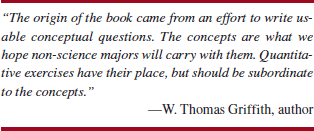
New remote proctoring and browser-locking capabilities, hosted by Proctorio within Connect, provide control of the assessment environment by enabling security options and verifying the identity of the student.
Seamlessly integrated within Connect, these services allow instructors to control students assessment experience by restricting browser activity, recording students activity, and verifying students are doing their own work.
Instant and detailed reporting gives instructors an at-a-glance view of potential academic integrity concerns, thereby avoiding personal bias and supporting evidence-based claims.
page x
Acknowledgments
Roger Tokheim thanks family members Marshall, Rachael, Dan, Jack, Ben, and Carrie for their help on this project.
Patrick Hoppe would like to thank his wife Rose and the team at McGraw-Hill for their invaluable help on this project: Theresa Collins, Product Development Coordinator; Beth Baugh, Product Developer; Carey Lange, Copy Editor; Sandy Wille and Jane Mohr, Content Project Managers; David Hash, Designer; and Lorraine Buczek, Content Licensing Specialist.
page xi
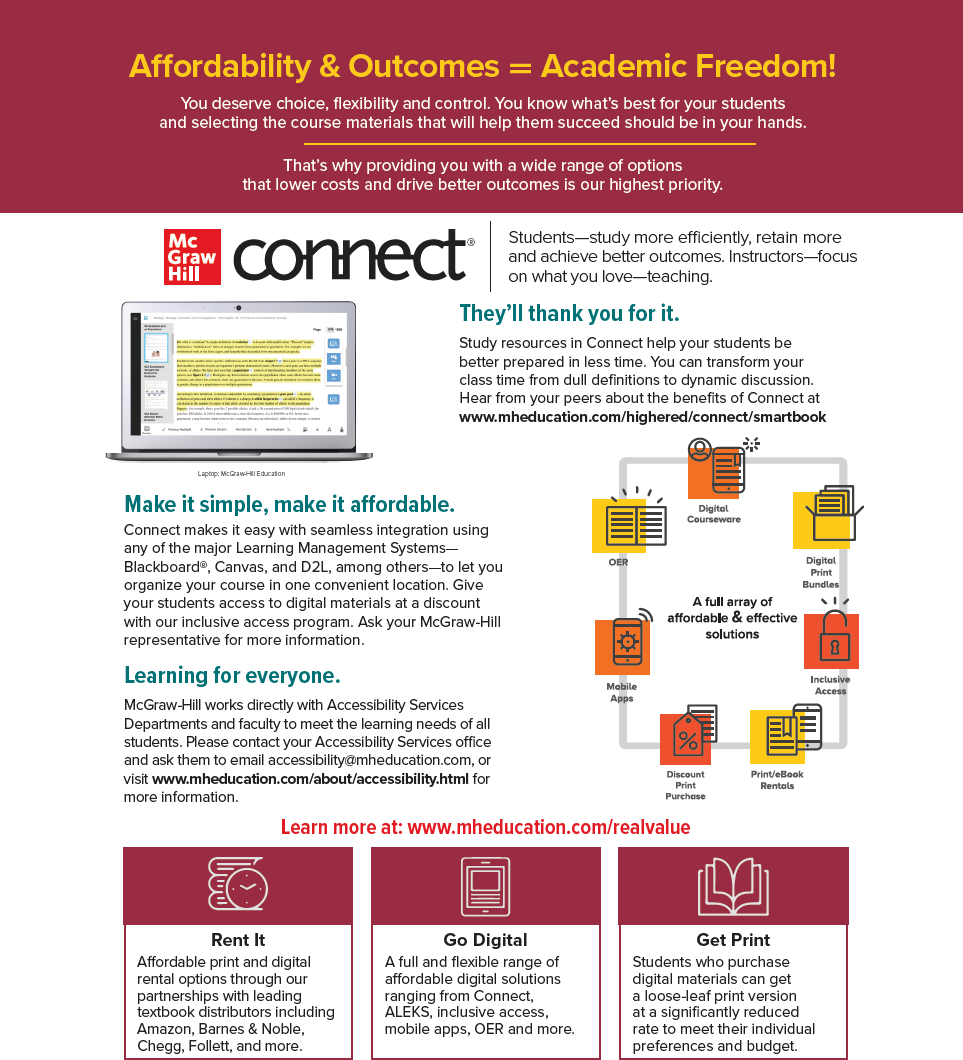
Next page
